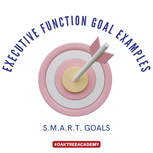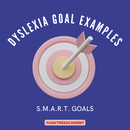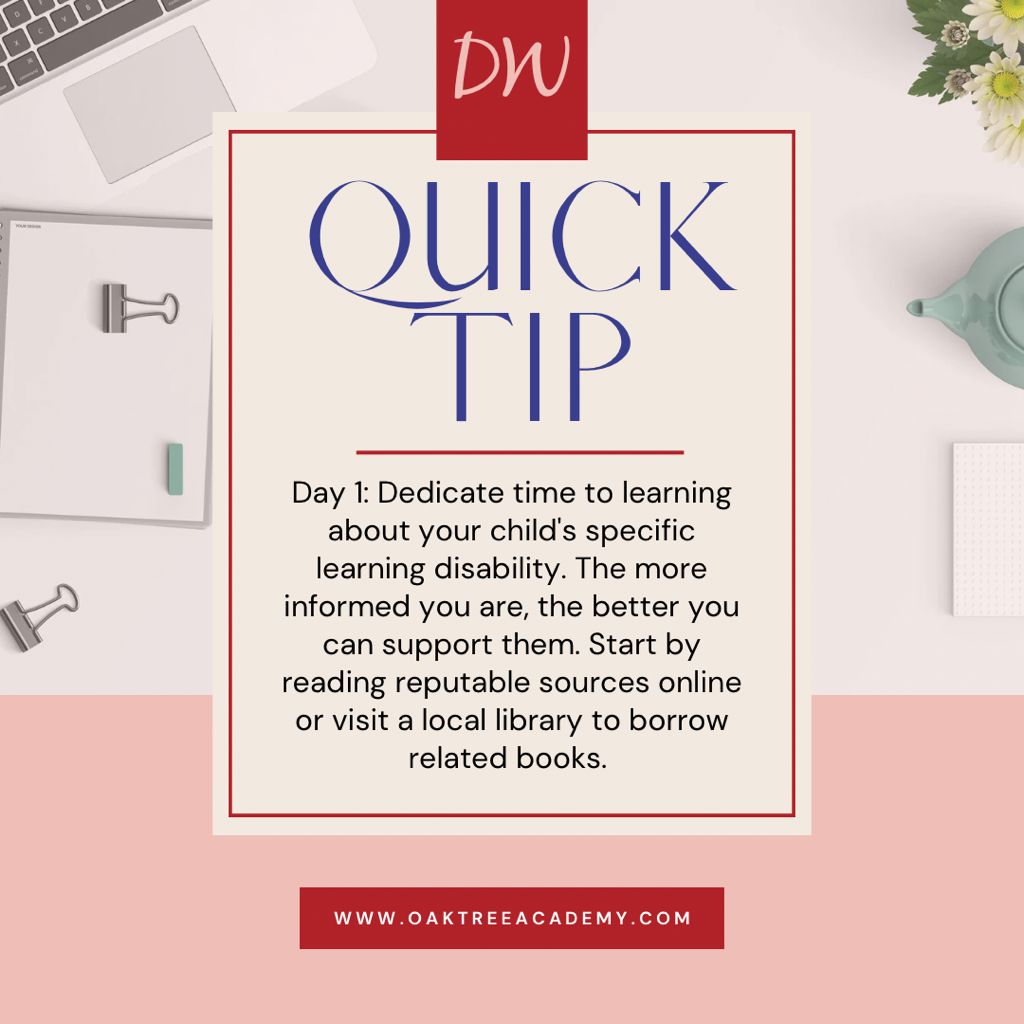 As you sit across from the educators and specialists, the conversation sways to the academic future of your child with special needs. The terms and acronyms fly thick and fast, and despite your diligence, the dialogue can seem enigmatic, creating a mix of hope and anxiety within you. It’s clear an Individualized Education Plan (IEP) is pivotal for success. Yet, comprehending the inner workings and legislation that frame such a plan is no small feat. Crafting an effective IEP requires meticulous care, a deep understanding of your child’s needs, and a robust collaboration with education professionals. Rest assured, you are not traversing this path alone. This guide serves as a beacon, illuminating the process to ensure that your child's IEP is not just a document but a dynamic blueprint for educational and developmental growth.
0 Comments
 Discover five essential goals aimed at enhancing a student's academic journey and personal development. These objectives focus on improving task initiation, working memory, self-monitoring skills, organizational abilities, and emotional regulation. Explore the detailed plan to support the student's progress and ensure a brighter future.  Setting S.M.A.R.T goals, which stand for Specific, Measurable, Achievable, Relevant, and Time-bound, is a fundamental strategy in crafting effective Individualized Education Plans (IEPs) for students with learning differences such as dyslexia. These goals are vital because they provide a clear and structured pathway to track a student's progress, enabling focused interventions and supports. By defining specific objectives and timelines, educators and support teams can tailor strategies that cater to a student's unique needs, promoting their academic and personal growth. Moreover, these well-defined goals facilitate better collaboration between families and educational teams, fostering a unified approach to nurturing the student's abilities and enhancing their learning experience. The ultimate aim is to foster a nurturing educational environment where students can thrive and achieve their full potential. ### Goal 1: Enhance Focus and Attention - **Objective 1.1:** Within the next 3 months, the student will successfully maintain attention on assigned tasks for a span of 20 minutes, measured through teacher observations and feedback during classroom activities. - **Objective 1.2:** Over the next 6 months, the student will independently utilize self-monitoring strategies, such as checklists or visual cues, to remain focused during individual work time in 4 out of 5 opportunities. ### Goal 2: Improve Organizational Skills - **Objective 2.1:** In the coming 3 months, the student will consistently use an organizational tool, such as a planner or an app, to track assignments and due dates, with accuracy assessed through regular checks of the tool. - **Objective 2.2:** Over the next 6 months, the student will maintain a neat personal workspace and keep track of belongings, with successful demonstration of this skill in 8 out of 10 observed instances. ### Goal 3: Enhance Social Interactions - **Objective 3.1:** Within 3 months, the student will engage in appropriate turn-taking behaviors in group activities, successfully demonstrating this skill in 4 out of 5 opportunities as noted by the teacher. - **Objective 3.2:** Over 6 months, the student will use appropriate strategies to join ongoing group activities or conversations successfully in 8 out of 10 attempts, monitored through teacher observations and feedback. ### Goal 4: Develop Emotional Regulation Skills - **Objective 4.1:** In the next 6 months, the student will identify and use two self-calming techniques when experiencing frustration, demonstrating the ability to use these techniques independently in 90% of opportunities. - **Objective 4.2:** Over the next 6 months, the student will express feelings and emotions appropriately, avoiding negative behaviors in 9 out of 10 instances, as observed by the teacher or counselor. ### Goal 5: Improve Handwriting and Fine Motor Skills - **Objective 5.1:** Over the next 3 months, the student will improve handwriting legibility through consistent use of strategies such as proper grip and slow and controlled writing in 4 out of 5 written assignments. - **Objective 5.2:** Within 6 months, the student will complete fine motor tasks (such as cutting, drawing, and writing) with increased accuracy and control in 8 out of 10 observed opportunities. Here are some helpful resources that can offer more in-depth information on various learning disabilities:
Books:
 Photo by CDC on Unsplash Photo by CDC on Unsplash Don't wait until it's too late to find out if your child is eligible for summer services! Spring is the time when school administrators plan for Extended School Year (ESY) services, designed to prevent regression and ensure a Free and Appropriate Public Education for students with disabilities. In this blog post, we'll guide you through the process of determining your child's eligibility for ESY and provide strategies for advocating and securing these vital services. Get ready to make the most of the summer and set your child up for success! Part 3 Photo by Firmbee.com on Unsplash Photo by Firmbee.com on Unsplash Overlapping Eligibility: Can a Child Qualify for Both? Dual Eligibility: Unlocking the Potential 🤝✅ Introduction: In this section, we'll explore the intriguing question of whether a child can qualify for both an Individualized Education Program (IEP) and a 504 plan. While these educational frameworks have distinct purposes, there are instances where a student may be eligible for both, leading to overlapping support. Let's delve into the complexities of dual eligibility, understanding how it can benefit students and empower them to reach their full potential. part twoUnveiling the Contrasts: IEPs vs. 504 Plans 📊🚦  In this section, we'll delve deeper into the key differences between Individualized Education Programs (IEPs) and 504 plans. While both serve to support students with disabilities, they have distinct features that cater to different needs. By understanding these differences, parents and educators can make informed decisions about the most appropriate plan for their child's unique requirements. Let's explore the contrasting aspects of IEPs and 504 plans and their significance in special education. Part 1: demystifying iep's and 504 plans Welcome to our insightful blog post, where we unravel the intriguing question of whether a child can have both an Individualized Education Program (IEP) and a 504 plan. 🧩 In this informal and informative guide, we'll explore the key aspects of IEPs, 504 plans, and the potential coexistence of these support systems. Let's embark on this journey together to understand the possibilities and empower our children. 🌟💪 |
OTA AuthorThe Oak Tree Academy mission is to improve the quality of life of people with language-based learning disabilities and their families by developing programs and disseminating knowledge based on current research. Archives
April 2024
Categories
All
|

 RSS Feed
RSS Feed